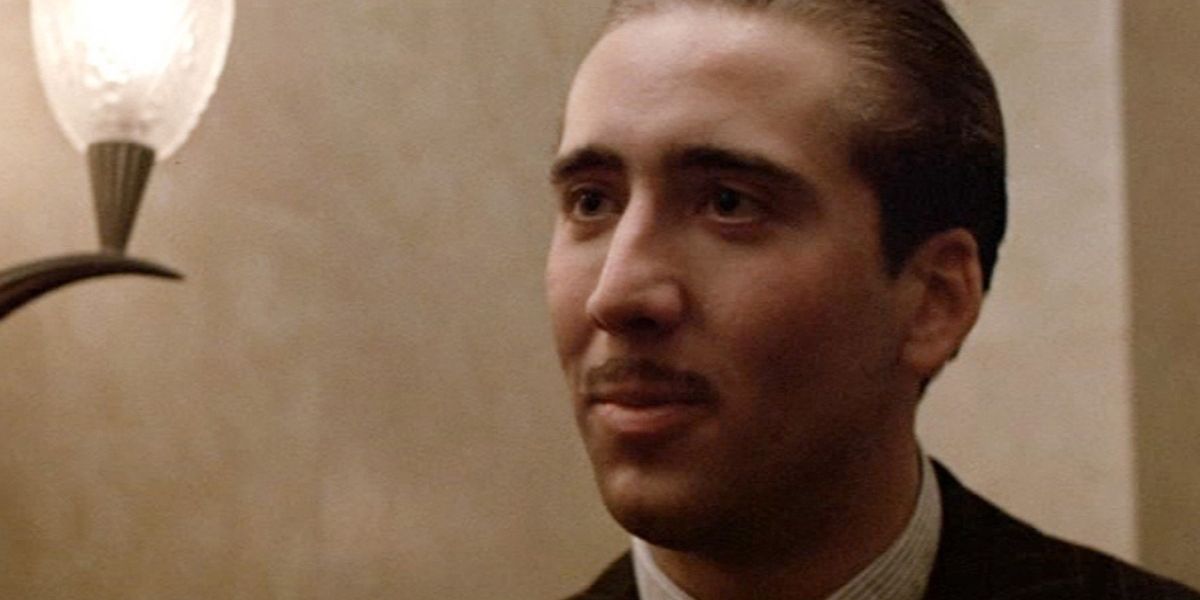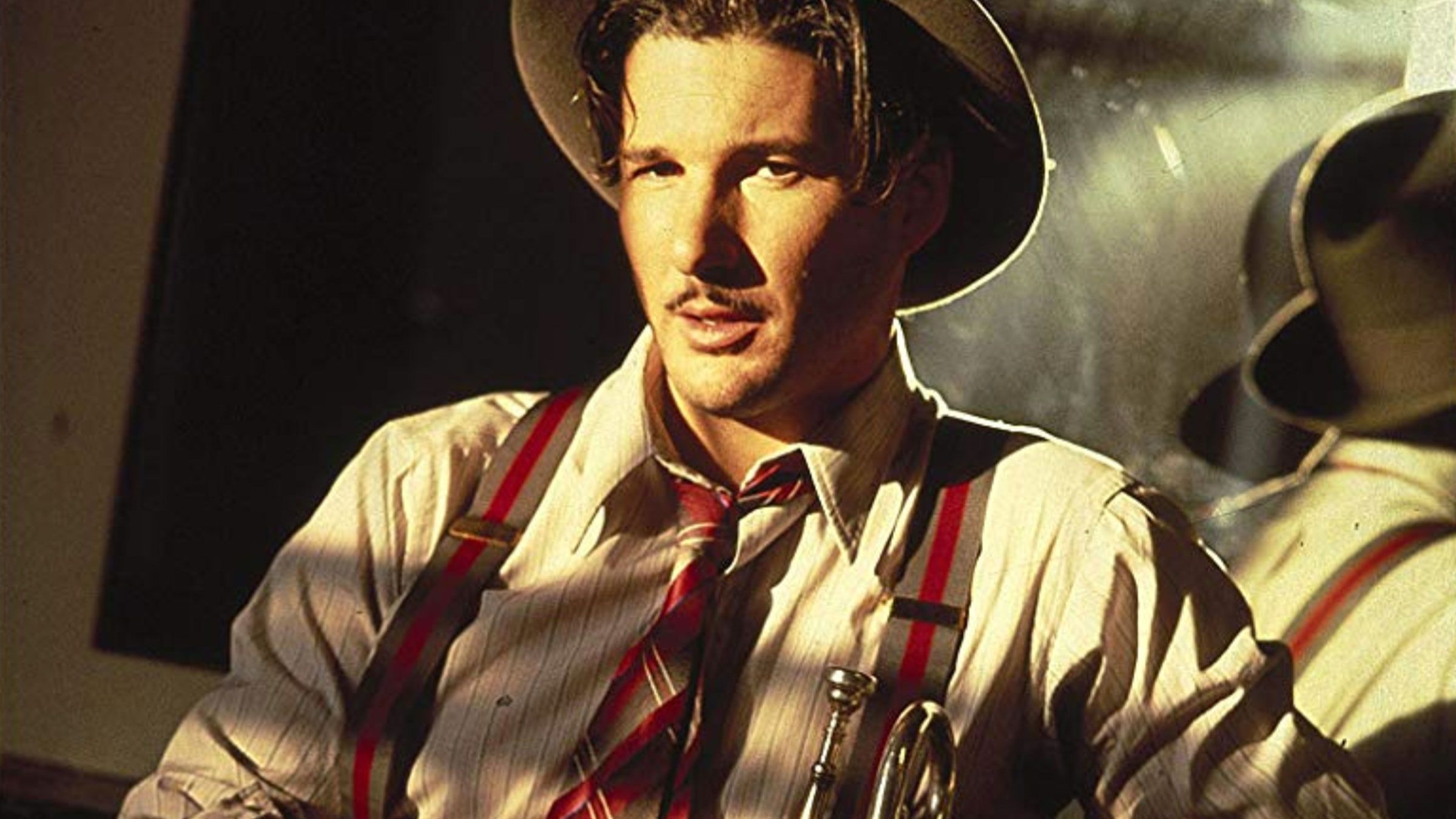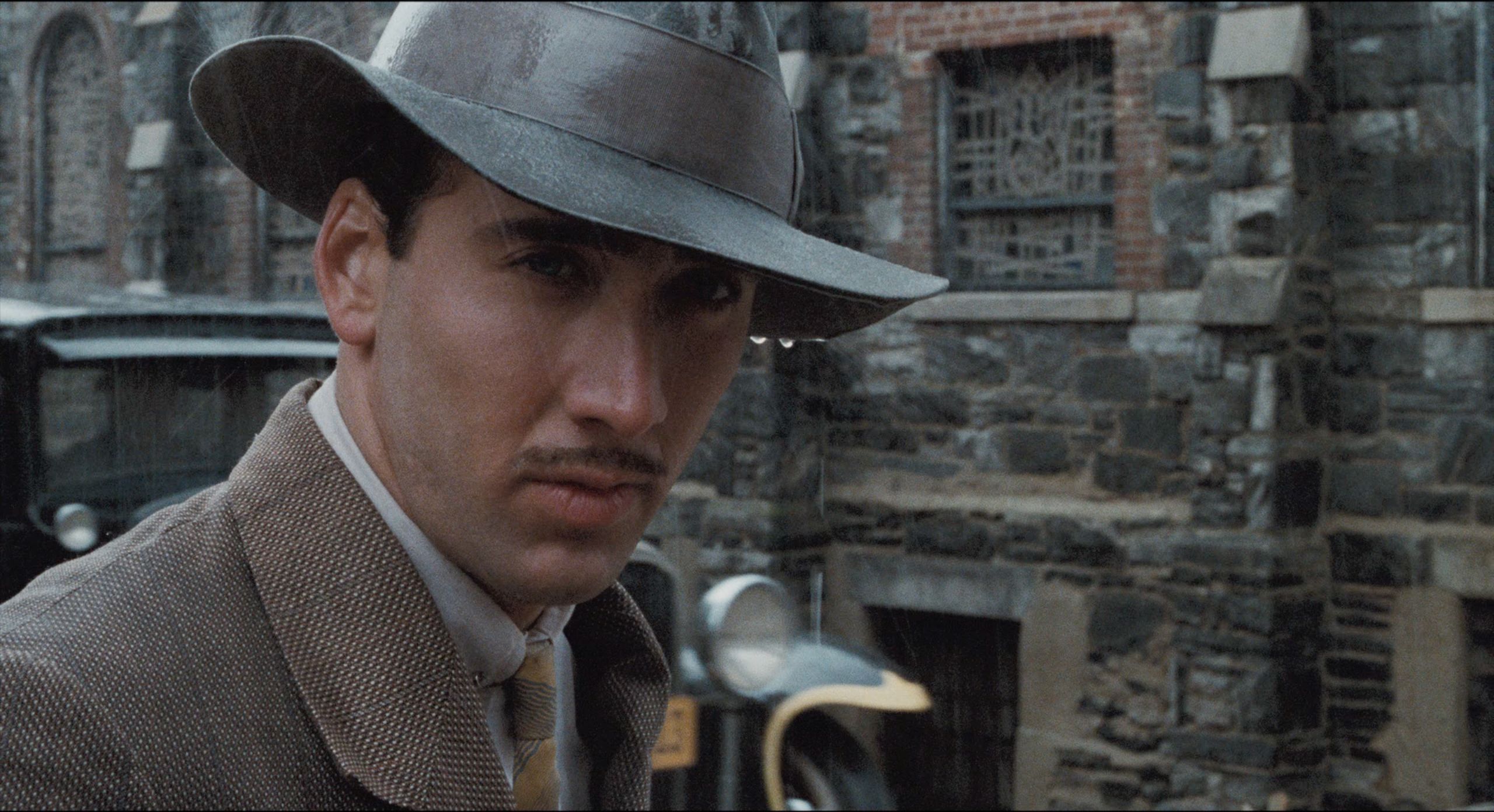Even as the industry was a seasoned and well-oiled machine, Hollywood in the 1970s and early 1980s often took on the liking of the Wild West. Numerous behind-the-scenes tales are enough to fulfill their own films. During this era, stars, directors, and producers were vocal characters with towering ambitions. In the '70s, Francis Ford Coppola made many great films—perhaps the best of the entire decade. Along with being the auteur of The Godfather and Apocalypse Now, Coppola has become synonymous with spearheading tumultuous productions. This would continue past his artistic prime when the director attempted to rehabilitate himself amid monumental financial calamities. While this 1984 film may not have had heart attacks and a deep spiral toward insanity behind the curtain, the making of The Cotton Club was bizarre in its own right, unlike anything seen before or since.
Chaotic Productions Were Normal During This Era of Hollywood
This story did not start with Coppola, but rather, a former collaborator of the director, Robert Evans. As the top executive for Paramount Pictures during the production of The Godfather, he underwent a combative relationship with Coppola. An eccentric, self-destructive figure who has married a handful of times, Evans' reign as a premiere producer and studio executive came crashing down when he was convicted of cocaine possession in 1980, although he never served any jail time. One would think that this stage in his life would be the apex, or perhaps the nadir, of his freewheeling chaotic lifestyle, but his instability and trouble with the law was only a sneak preview of what would ensue throughout the production of The Cotton Club.
Disastrous Hollywood productions were as common in the '70s and early '80s as the production of auteur-driven masterpieces. Along with the aforementioned Coppola productions, films like Jaws, Sorcerer, Heaven's Gate, and Popeye were products of ambitious visionaries clashing with studios and grueling settings that caused the film to run behind schedule and over budget. The damaging monetary effects of lending carte blanche to directors were beginning to run rampant. It is no wonder why safe, franchise-dominated cinema was the preferable model of filmmaking for studios by the mid-80s. The undisputed champion of hectic film productions will always be Coppola. While shooting The Godfather, his vision was consistently attempting to be undermined and was on the verge of termination every day.
The documentary Heart of Darkness: A Filmmaker's Apocalypse, his wife Eleanor's behind-the-scenes chronicling of Apocalypse Now, is a window into the warped mind of a director whose film was not just about the Vietnam War but became a manifestation of Vietnam itself. Coppola's follow-up, One from the Heart, bankrupted the director's production company American Zoetrope after he decided to raise the film's budget himself. The gamble behind the showy musical resulted in a major critical and commercial flop. This flop was accompanied by the downfall of New Hollywood, but Coppola still had one last dance under his belt.
Mass Turnover and Over Budget Production of 'The Cotton Club'
Now an independent producer, Robert Evans was back on the saddle and testing his creative capabilities with the emergence of The Cotton Club. Based on a book of the same name by James Haskins, Evans sought to make his directorial debut with this film designed to be an updated Gone With the Wind after Robert Altman and Paramount dropped out amid the failure of the aforementioned Popeye. Following his dust-up with the law and string of commercial disappointments, Evans viewed this film as his best opportunity to resurrect his career.
Production of The Cotton Club experienced a musical chairs rotation of creative partnerships. The Godfather author Mario Puzo was initially hired to pen the script, but after approximately 60 drafts, Evans hired Coppola, who was in need of money following the bankruptcy of American Zoetrope, to rewrite the script. Pulitzer-winning writer William Kennedy was also brought in to punch up the script. Evans eventually realized the project would be better suited if he step down from the director's chair, subsequently elevating Coppola to director of the film. Before Richard Gere was cast as the film's lead, Dixie Dwyer, Al Pacino, Sylvester Stallone, and Harrison Ford were all attached to star.
When principal photography began, the instability never slowed down. Numerous crew members were fired, and Coppola was unhappy with his financial plan. At one point, filming was delayed after the director walked off the set, as he was upset over the stipulations of his contract regarding his upfront salary. Along with this, and a vast collection of sets and costumes, The Cotton Club exceeded its intended $20 million budget. Various reports have estimated that the final budget soared to as high as $47- 67 million. This caused a string of lawsuits between Evans, Coppola, and an array of investors. So far, the production of this film is turbulent, to say the least, but nothing quite like the outrageous events that transpired in past Coppola productions, such as the star suffering a heart attack or weather calamities. This was not until a relationship with a suspicious investor devolved into something out of The Godfather.
Crime and Mayhem Involved in the Making of 'The Cotton Club'
Struggling to receive financial backing after losing support from Paramount, Evans was in demand of investors. Initially, Evans made a deal with Adnan Khashoggi, a Saudi Arabian arms dealer, but the deal collapsed as it failed to meet the terms of Paramount matching Khashoggi's investment. Eventually, he struck a deal with casino owners Edward and Fred Doumani and vaudeville promoter Roy Radin. In a stunning turn of events, Radin was murdered in 1983, while production of The Cotton Club was ongoing. Evans was introduced to him by his romantic partner at the time, cocaine trafficker Karen Greenberger (also known as Elaine "Lanie" Jacobs).
Radin's business dealings were shady, as he was once investigated by the New York State attorney general surrounding his claim of splitting ticket sales with local charities. Not to mention, he once faced charges of assault, which were dropped. Upset over being left out of potential profits for The Cotton Club, Greenberger hired assassins to murder Radin. Greenberger and her accomplices found her guilty of murder in 1991. One of the assassins claimed that Evans, alongside his partner, also paid for the murder. During the trial, Evans plead the Fifth Amendment and refused to testify in court. The producer was never charged and Greenberger subsequently claimed that he had no involvement in this plot. Nonetheless, the media got a hold of the case and referred to it as "The Cotton Club Trial."
After all the dust settled, The Cotton Club was released in December 1984, receiving mild critical praise, but underwhelmed at the box office, especially related to its budget. The historical context indicates that whenever Coppola is in the throes of a disastrous production, he produces a masterpiece. Instead, The Cotton Club has remained a well-liked film without an extraordinary cultural impact. In 2019, similar to his recent director's cut of The Godfather Part III, Coppola spent his own money to restore the film closer to his vision, dubbed as The Cotton Club Encore. This remastering of the film is a smart way to garner attention toward the artistic value of the film, but it is safe to say that the chaotic behind-the-scenes tales of The Cotton Club will outlive the film itself in notoriety.




